Math Curriculum
3rd Grade
|
Course Purpose: |
Students will use multiplication and division strategies and the relationship between multiplication and division to solve problems within 100. |
Outcomes and Components:
|
M.3.7 |
Students will calculate the perimeter of two-dimensional figures and distinguish between linear and area measures. |
||||
|
Pacing Instruct/ Assess |
Component Code |
Component |
Standard(s) |
||
| M.3.7.1 |
Define and find the perimeter of a polygon given the side lengths. |
3.MD.D.8 |
|||
| M.3.7.2 |
Find an unknown side length of a polygon. |
3.MD.D.8 | |||
| M.3.7.3 |
Solve problems in mathematical and real word context involving rectangles with the same perimeter and different areas or the same area and different perimeters. |
3.MD.D.8 |
|||
|
Academic Vocabulary: |
|
Content Vocabulary: |
